How does the color steel plate protective film perform under high temperature environment
2025-06-26
High-Temperature Performance of Color Steel Plate Protective Films
The performance of the color steel plate protective film under high temperature environment mainly depends on the material, glue type and process, as follows:
1. Material Performance
- PE material protective film has a temperature resistance of 70-90℃, and is easy to soften and deform at high temperature
- PET material has a temperature resistance of up to 120-150℃, and is dimensionally stable at high temperature
- PVC material has a temperature resistance of 60-80℃, and high temperature will release plasticizers
| Glue Type | Temperature Resistance | High-Temperature Behavior |
|---|---|---|
| Water-based glue | ≤60℃ | Easily hydrolyzed and ineffective |
| Ordinary solvent-based glue | ≤80℃ | Solvent evaporates causing brittleness |
| Silicone-modified solvent glue | Up to 120℃ | Stable with no residual glue |
| Silicone coating glue | 150-200℃ | Excellent high-temperature stability |
High Temperature Risks
High temperature can easily cause thermal shrinkage. PE and PVC films have high shrinkage rates, resulting in edge warping and wrinkles on the film surface. Inferior glue dissolves and penetrates at high temperatures, leaving a large amount of glue stains when the film is torn off. The combined effect of ultraviolet rays and high temperatures will accelerate the aging of the protective film.
Selection Recommendations
For short-term exposure to high temperatures below 80°C, PET material can be matched with modified water-based glue.
For long-term exposure to 80-120°C environments, it is recommended that PET material be matched with organic silicone.
For extreme high temperature scenarios exceeding 120°C, aluminum foil composite film or silicone rubber coating protective film is preferred.
You Might Also Like
-
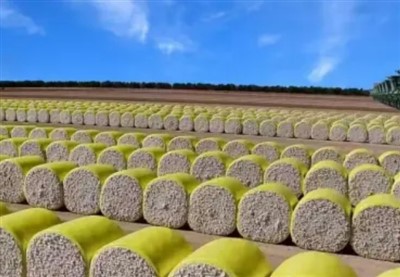
what are the advantages of cotton packaging film
-
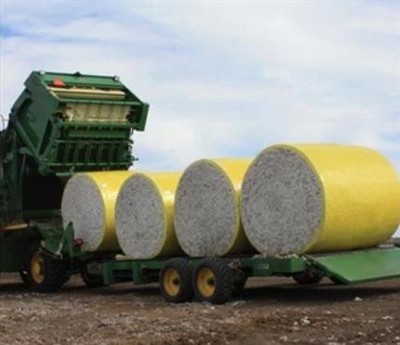
The Advantages of Cotton Wrap Film
-
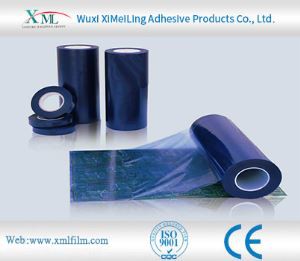
How does pe protective film cope with high temperature environment
-
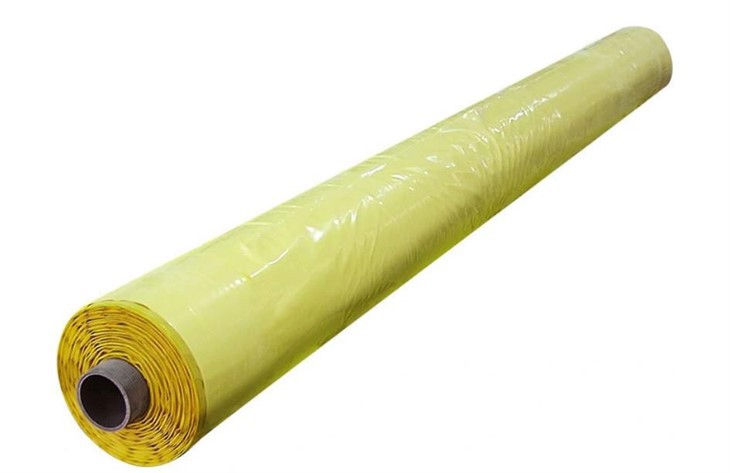
Advantages of Cotton Bale Wrap Film
-
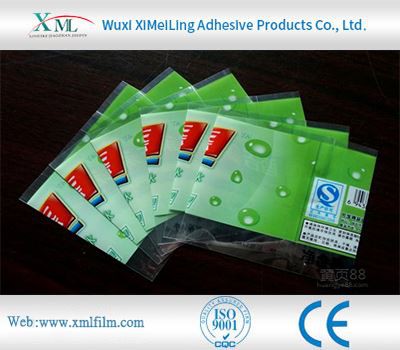
How Polyethylene Packaging Material Copes with High Temperature Environment
-
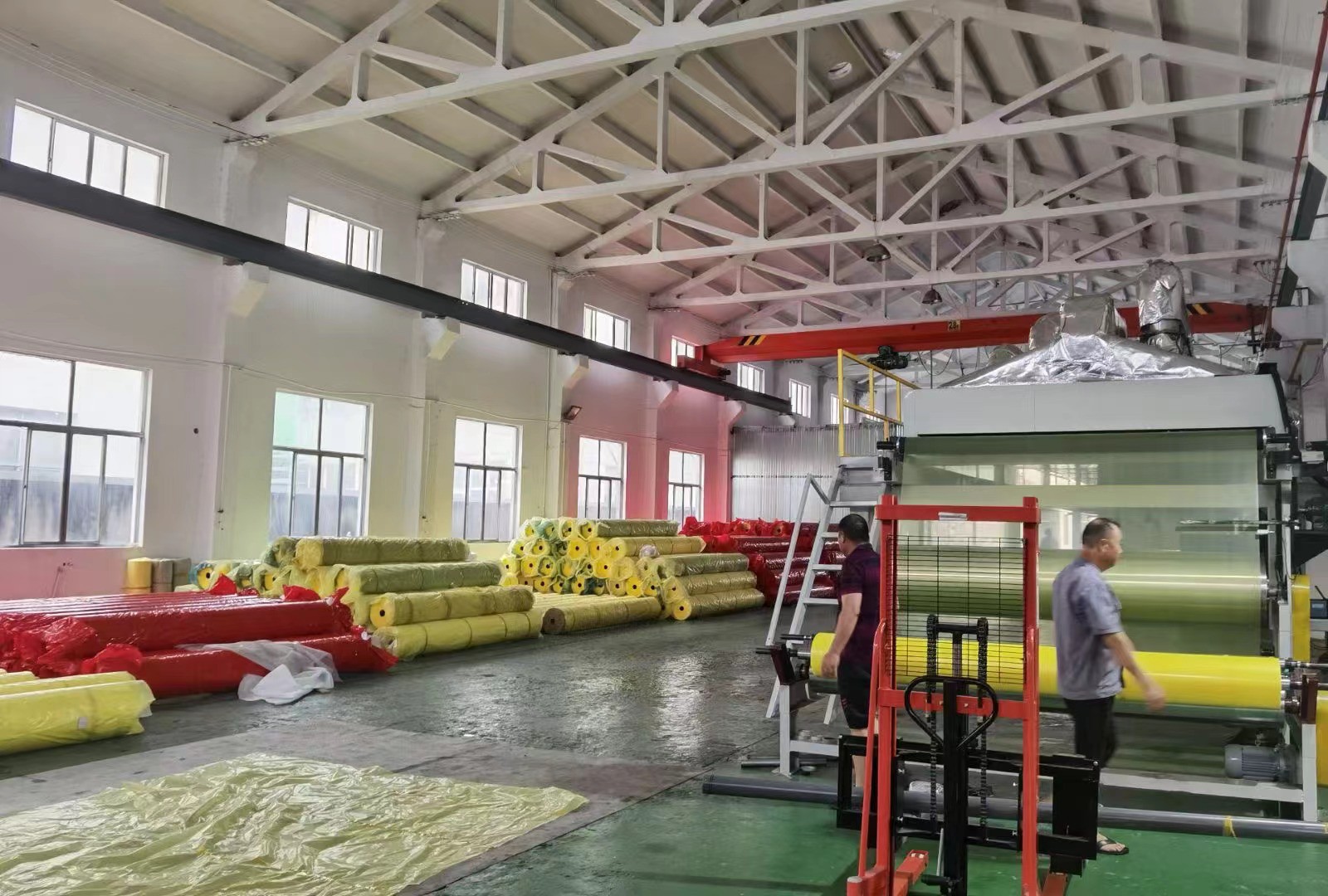
Storage method of cotton bale wrap film
